8 Important Interior Design Rules You Should Never Break

I love learning about the small details that make home design look polished. Or, at least, learning about the mistakes that stand out like s sore thumb once they're pointed out to you! So I was glad to find this video about design rules.
In the video, Kristen McGowan, a seasoned interior design enthusiast, shares essential rules for creating the perfect living space. These guidelines ensure that your home looks polished and well-thought-out, no matter your style.
From specific measurements to placement rules, following these tips will help you achieve a picture-perfect look in your home:
Table of contents
- 1. The Importance of Coffee Table Size
- 2. Decorating with Accent Colors
- 3. Hanging Wall Art at the Correct Height
- 4. Creating Contrast with Paint
- 5. Hanging Curtains at the Right Height
- 6. Proper Height for End Tables and Nightstands
- 7. Choosing the Right Rug Size
- 8. Incorporating Multiple Lighting Sources
Disclaimer: Redesign may receive a small affiliate commission from purchases made via links in this article but at no cost to you.
1. The Importance of Coffee Table Size
The size of your coffee table is crucial to the overall balance of your living room or family room. A coffee table that's too low, too high, too large, or too small can disrupt the harmony of your space. Ideally, the height of your coffee table should align with the height of your sofa's seat cushion. If you have a low-profile sofa, choose a coffee table that matches its height for a cohesive look.
Multifunctional Folding Dining Table
When selecting the length of your coffee table, aim for it to be about two-thirds the size of your sofa. This proportion ensures that the table fits well in front of the sofa, adding balance to the space. If your current coffee table is too small, consider placing two identical tables side by side or using multiple round end tables to create a layered, larger look.
2. Decorating with Accent Colors
When decorating with an accent color, avoid using just one shade throughout your home. Instead, incorporate multiple shades of the same color to add depth and complexity to your design. This approach works well with paint, tile, pillows, curtains, rugs, and furniture, creating a layered and interesting space.
Throw Pillow Covers Set of 4
Wool Area Rug
3. Hanging Wall Art at the Correct Height
Hanging wall art at the right height is essential to achieving a balanced and integrated look. The midpoint of your wall art should be between 57 to 60 inches from the floor, which aligns with eye level. This placement helps your art blend seamlessly with your furniture and other decor.
For gallery walls or groupings, ensure the midpoint of the entire arrangement falls within this range.
Komelon SL2825 Self Lock 25-Foot Power Tape
4. Creating Contrast with Paint
Your walls, baseboards, doors, and window trim should always have some contrasting element, whether in color or sheen. If you prefer a monochromatic look, ensure that your trim has a glossier finish than your walls. For instance, if your walls are eggshell, your trim should be semi-gloss or high gloss. This contrast highlights the details of your trim and prevents your space from looking flat.
High gloss white paint
5. Hanging Curtains at the Right Height
Curtains are essential for softening a space and adding warmth and coziness. To make your home look larger and more finished, hang your curtain rods at least 4 to 6 inches above the window frame. For an even more dramatic effect, consider extending the rods closer to the ceiling, which will make your windows appear larger and your room more spacious.
Blackout Shield Linen Blackout Curtains
6. Proper Height for End Tables and Nightstands
End tables and nightstands should complement the height of your sofa and bed, respectively. End tables should be 1 to 2 inches lower than the armrest of your sofa or accent chairs for a balanced look. Similarly, nightstands should be level with the top of your mattress to create a cohesive design.
Mid Century Night Stand
Nightstand with Charging Station and LED Lights
The width of your nightstand also matters—17 to 20 inches for a double bed, 21 to 30 inches for a queen, and 31 inches or more for a king.
7. Choosing the Right Rug Size
A well-sized rug anchors your bedroom and ties the design together. Ensure your rug extends 12 to 18 inches beyond your bed on all sides. For a double bed, a 6x9 rug or larger is ideal; for a queen bed, an 8x10 rug or larger works best; and for a king bed, choose a 9x12 or 10x14 rug. If your rug is too small, layering a larger rug underneath can create the appearance of a more expansive space.
GENIMO Area Rug
Modern Abstract Area Rug
8. Incorporating Multiple Light Sources
To achieve a designer look, incorporate multiple light sources in your home. Start with ambient lighting, such as ceiling lights, then add accent lighting like table lamps, floor lamps, or wall sconces to soften the space. Finally, include task lighting for specific activities, like reading lamps or desk lights. This layered lighting approach makes your home feel cozy, welcoming, and functional.
Modern Light Fixture Set of Two
Modern Sputnik Chandelier Ceiling Light
By following these interior design rules, you can create a balanced, aesthetically pleasing space that feels cohesive and well-designed. Keep these tips handy as your go-to guide for decorating and arranging your home!



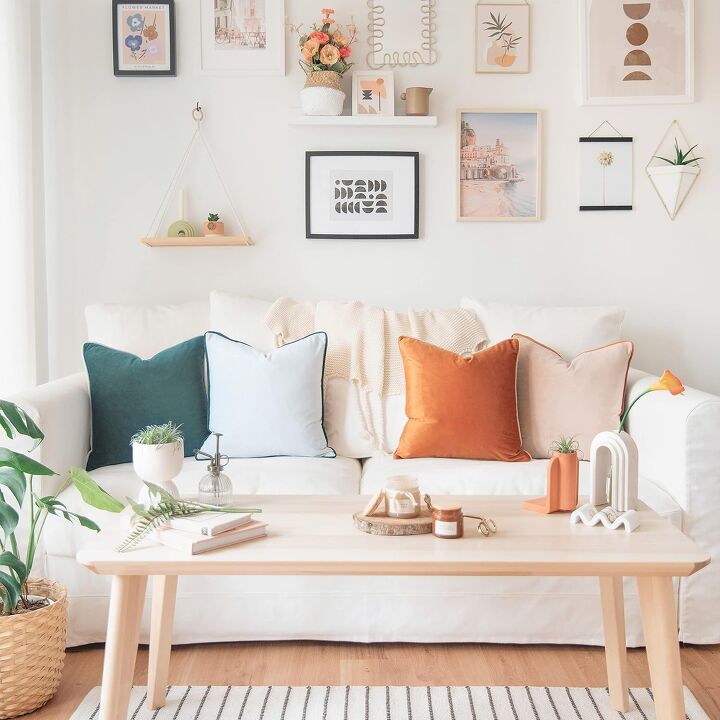





















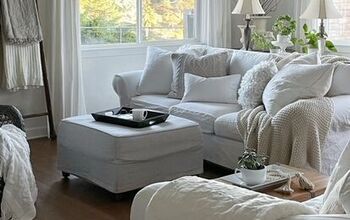

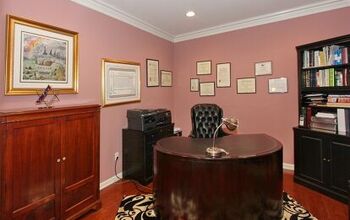
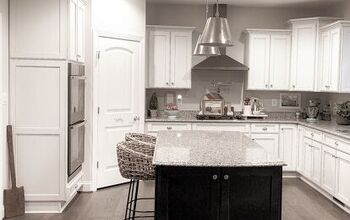
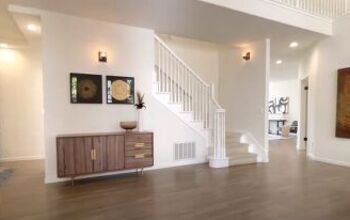



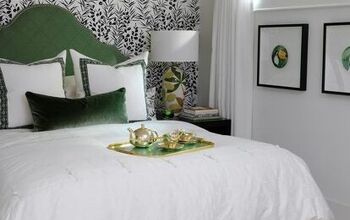





Comments
Join the conversation